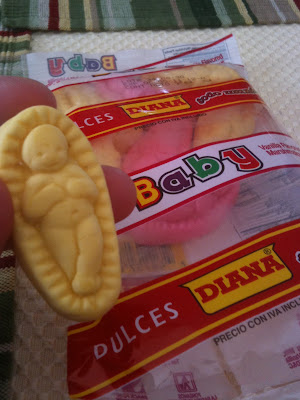Thomas Jefferson and Monticello
 This morning it was raining and quite cool, but in the Blue Ridge mountains you can never tell how long that will last. We decided to make plans to visit Monticello, Thomas Jefferson's famous house on top of the mountain. Monticello is based on the Italian for "little mountain" and apparently Jefferson was really into Italian (Roman) design, especially Palladio. By the time we arrived at this historic site (a 20 minute drive from the Boar's Head Inn), the rain had stopped and the steam was not far behind.
This morning it was raining and quite cool, but in the Blue Ridge mountains you can never tell how long that will last. We decided to make plans to visit Monticello, Thomas Jefferson's famous house on top of the mountain. Monticello is based on the Italian for "little mountain" and apparently Jefferson was really into Italian (Roman) design, especially Palladio. By the time we arrived at this historic site (a 20 minute drive from the Boar's Head Inn), the rain had stopped and the steam was not far behind. S remembers coming here as a kid, but it was my first visit. We took a guided tour of the downstairs, which included the entryway (where people would wait to meet with "Mr. Jefferson" - it was said he had some 100 visitors a month, most of them total strangers, and if he was home he'd meet with them), his private quarters (including his library, polygraph, and a bed that seemed way too short for his six-feet-two-and-a-half-inches frame), his daughter's sitting room, the dining room, a family sitting room, and a guest room where James and Dolly Madison often stayed for weeks at a time.
Jefferson was most likely a genius, and definitely a "Renaissance Man." He could read in seven languages, and (according to the tour guide) taught himself to read Spanish using only a dictionary and the novel Don Quixote. He was interested in everything from gardening and seed saving (the "TJ" on the marker in the photo above indicates that this plant, Joseph's Coat, was one of the plants grown there during his time) to making his own timepieces. He recorded the weather twice a day for some fifty years. A self-taught architect, he designed the unusual but attractive home and also the famous rotunda at the University of Virginia in nearby Charlottesville, which he founded. He collected European and Native American art and was quoted as saying "I cannot live without books" - and I thought I was the one who said that. :-) Despite all this and all his accomplishments (Declaration of Independence, Governor, Ambassador to France, Vice President, President, etc.), he died broke and probably somewhat broken as well.
You can feel the history here. You can also feel a sort of presence of the 150 to 300 slaves and servants who ran the place in its heyday. Jefferson was in a sort of juxtaposition on the issue of slavery. He called it a "moral depravity" in some early writings, yet he continued to "own" slaves and only freed a few upon his death. After 1785 during some years that he might have been able to do something about it, he only expressed what one author called a "thundering silence" on the issue. (See this article.) Certainly this and other documented writings and behaviors are in contradiction to the "all men are created equal" philosophy that he was known for.
I'm glad I went, and recommend it to all of my history-buff friends out there. Charlottesville itself is worth a trip, and I will write about that in my next entry.


